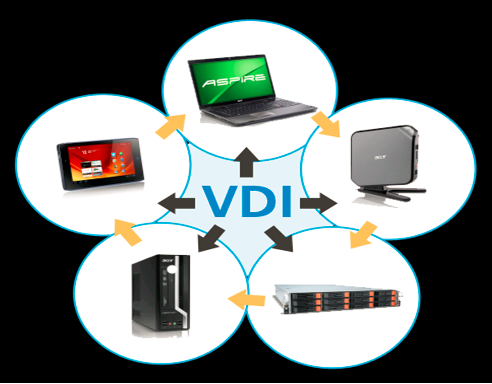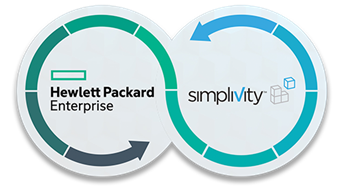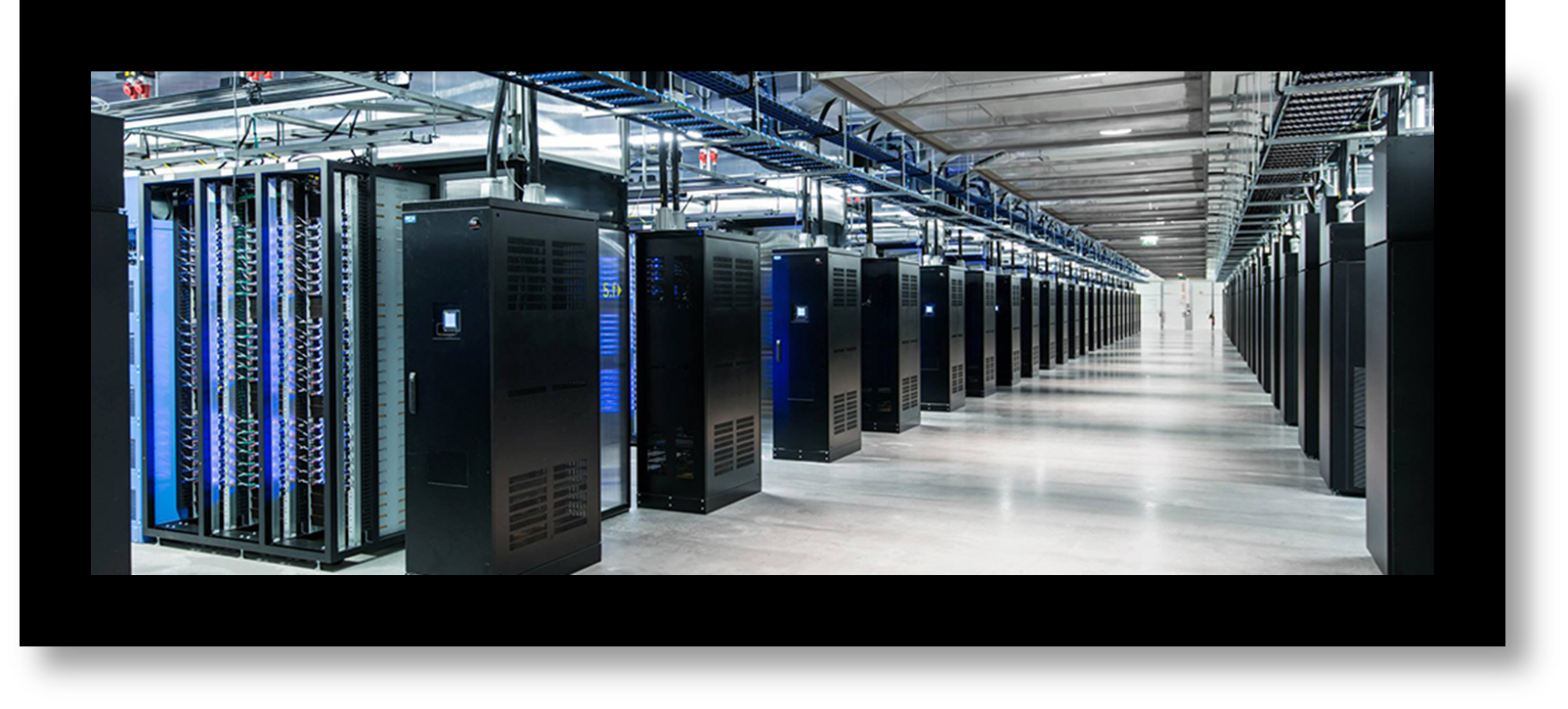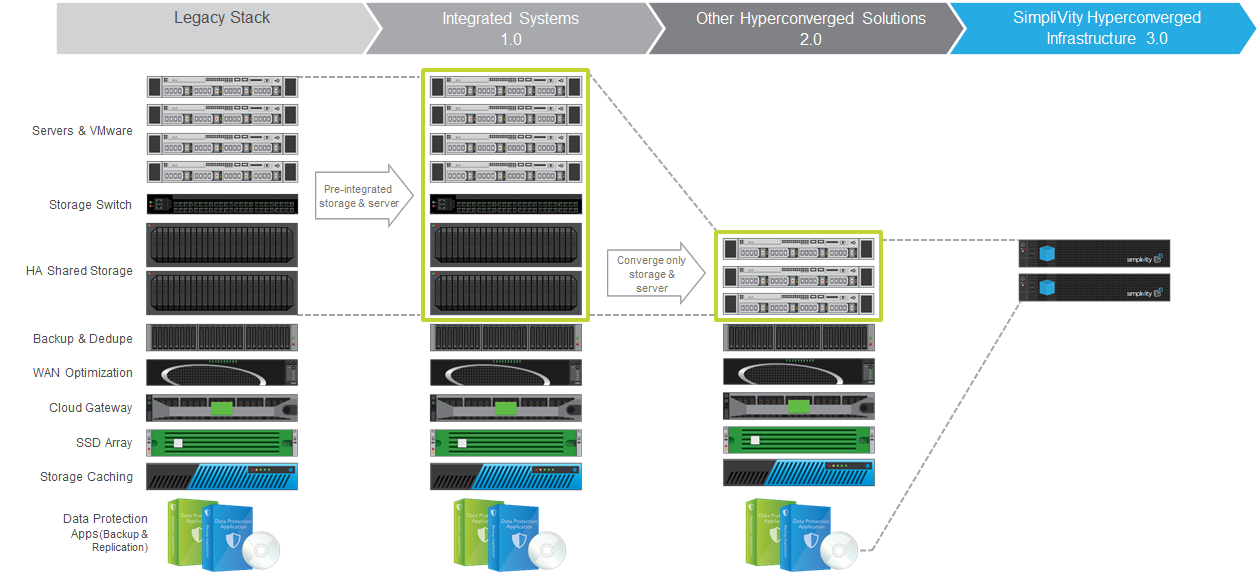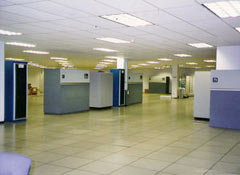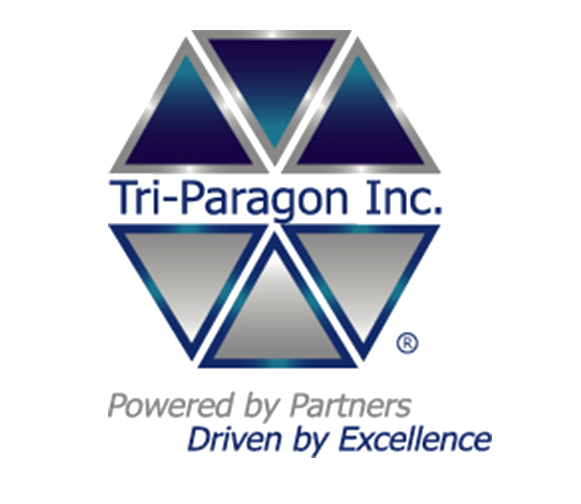What is VDI?
Virtual Desktop Infrastructure (VDI) refers to the delivery of end-user desktop environments through centralized virtualization infrastructure. Individual desktops are hosted on one or more servers as virtual machines, and consumed via a thin-client, kiosk, mobile device, or existing desktop hardware.
What is the value of VDI?
- VDI can be an effective way to drive benefits for both end-users and IT administrators, including:
•Mobility – Your desktop anywhere, any time, any device
•Security – Increased physical and logical security of data
•Manageability – Consistent, centrally administered policies and service-levels
•Flexibility – Quickly spin-up test/dev environments
•OPEX savings – Reduce operating expenses through shared infrastructure and improved manageability
- VDI is a great use-case for Simplivity Hyperconvergence
•Low latency and high performance, even during periods of peak demand
•High density of desktops per node
•Linear and granular scalability of x86 building blocks
•Rapid deployment of new virtual desktops
•Simplified infrastructure and management (lower OPEX)



